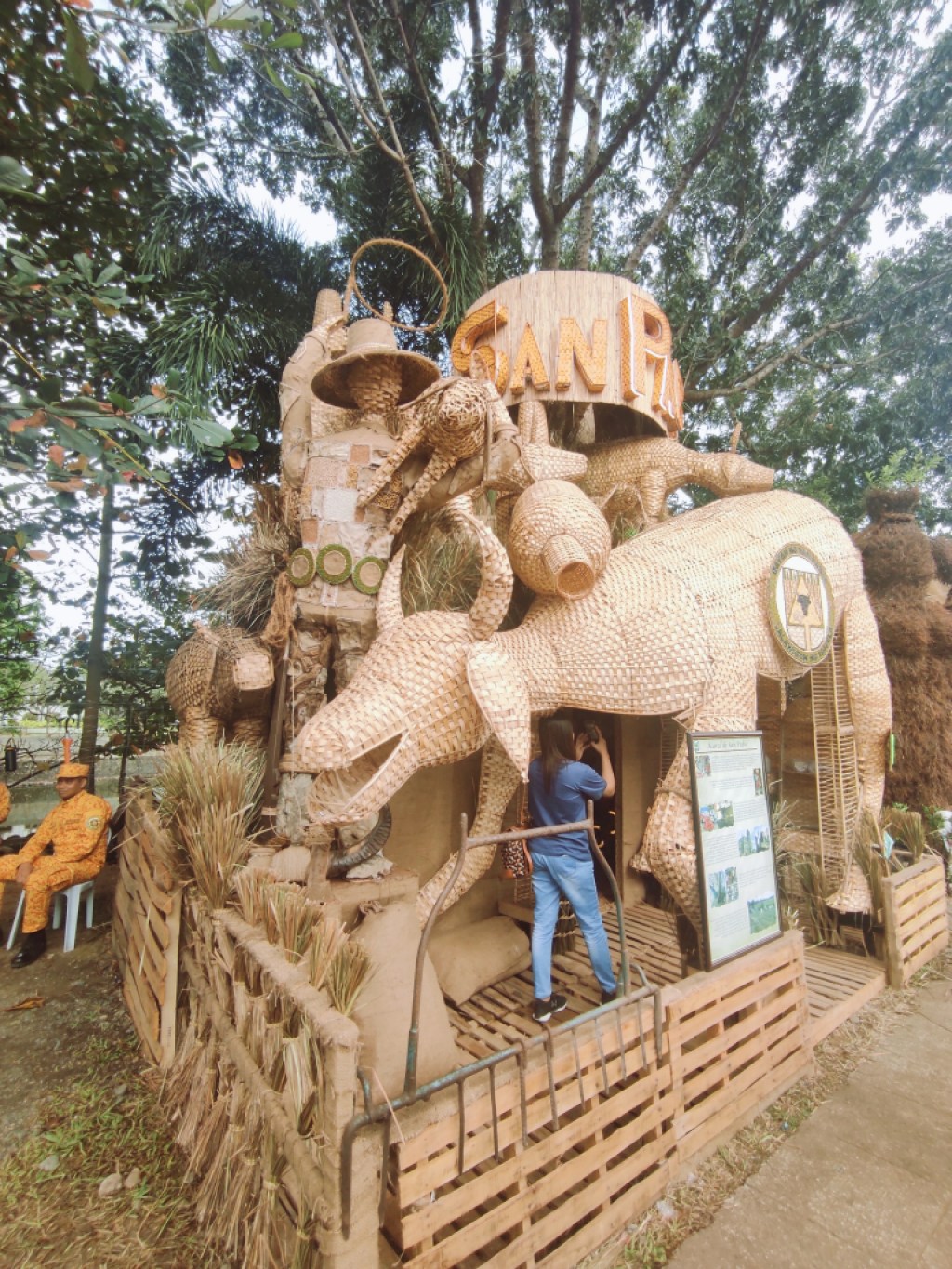
Recently, the Shared Knowledge community in the Philippines embarked on a journey to document a cultural event in the Province of Isabela, located in the northwestern part of Luzon island.
The Bambanti or Scarecrow Festival is a local festivity revolving around the scarecrow farmers use to protect crops from birds and pests. Each of the 34 towns, two component cities and one independent component city displayed their colorful rendition of giant scarecrows during the festival.
Why Scarecrows?
The province of Isabela in Northern Philippines is a landlocked province and its economy is mainly agriculture. It is the top producer of corn in the country yielding as much as 1.6 Million metric tons of corn and second top producer of rice contributing more than 1million metric tons of rice every year.
Most Isabelinos ( the people of Isabela) are farmers and the scarecrows serve as one of the farmers’ partners in making sure the birds and pests will not feast on the crops. The scarecrows – mostly made from rice straws and old clothing shaped and molded like a person – are tied to a string and a tin can so when the wind blows, the noise and the movement of both the scarecrow and the can makes the birds and pests think there is a predator nearby. Scarecrows are placed strategically in the middle of rice fields to make it appear that there is a moving person around ready to shoo them away or swat them should they feed on the grains.
Since the festival is so interesting, colorful and unique, we decided to conduct a heritage documentation by learning about each town’s local culture and upload them to Wikimedia Commons. We were able to see how creative, hardworking and joyful Isabelinos are in putting up the Bambanti ( Scarecrow) Festival and taste some of their local products such as rice coffee, corn coffee, mung bean coffee, noodles made of local vegetables, crispy insects as those sold in the streets of some Asian countries, milk products, fruit wines, local vinegars and many more delectable food stuff.
Thirteen participants were present to do the photowalk and discover what this interesting festival and share it in Wikimedia Commons. We also conducted a training the trainers session with our Advisor Butch Bustria so the participants can re-echo the learnings from the photowalk to our own clubs. We intended to conduct another edit-a -thon in Isabela since we found out that there are very few content about the Province. Hundreds of new photos were added to Wikimedia Commons depicting Isabela’s biggest festival that happens on the last week of January of every year. We were also able to visit the Ilagan Japanese tunnel that was used by the Japanese during the World War II. The local government of Ilagan was able to transform that heritage and area into a tourism destination to remind visitors of Ilagan’s past.
Vanishing Yogad Indigenous Language
We also discovered that there is one vanishing indigenous language that needs to be preserved because the locals who know and speak the language are starting to decrease in number. The local government is interested in working with Shared Knowledge to preserve the Yogad language spoken in the town of Alicia and we intend to help preserve said language for future generations.
Next steps
Shared Knowledge hopes to establish a strong Wikiclub in Isabela starting with the town of Alicia. Working with the state university, we will help in looking for resources pertaining to the Yogad language and help the town protect and preserve their cultural heritage for the benefit of the younger and future Isabelinos. Having the language recorded or documented in Wikipedia will immortalize the Yogad language.
Lady01v is a Philippine Wikimedian and the community lead for Shared Knowledge Asia Pacific.

Can you help us translate this article?
In order for this article to reach as many people as possible we would like your help. Can you translate this article to get the message out?
Start translation